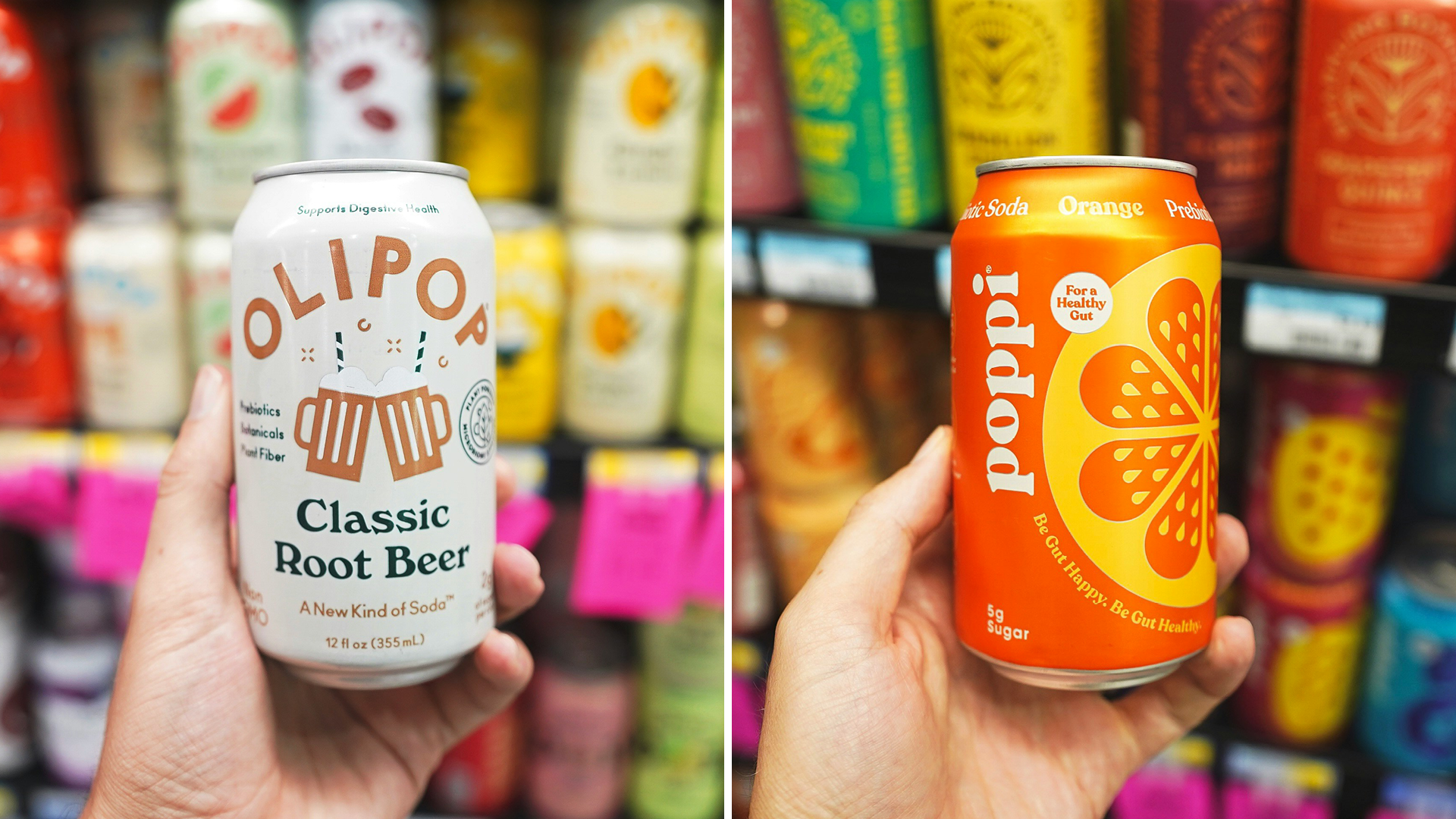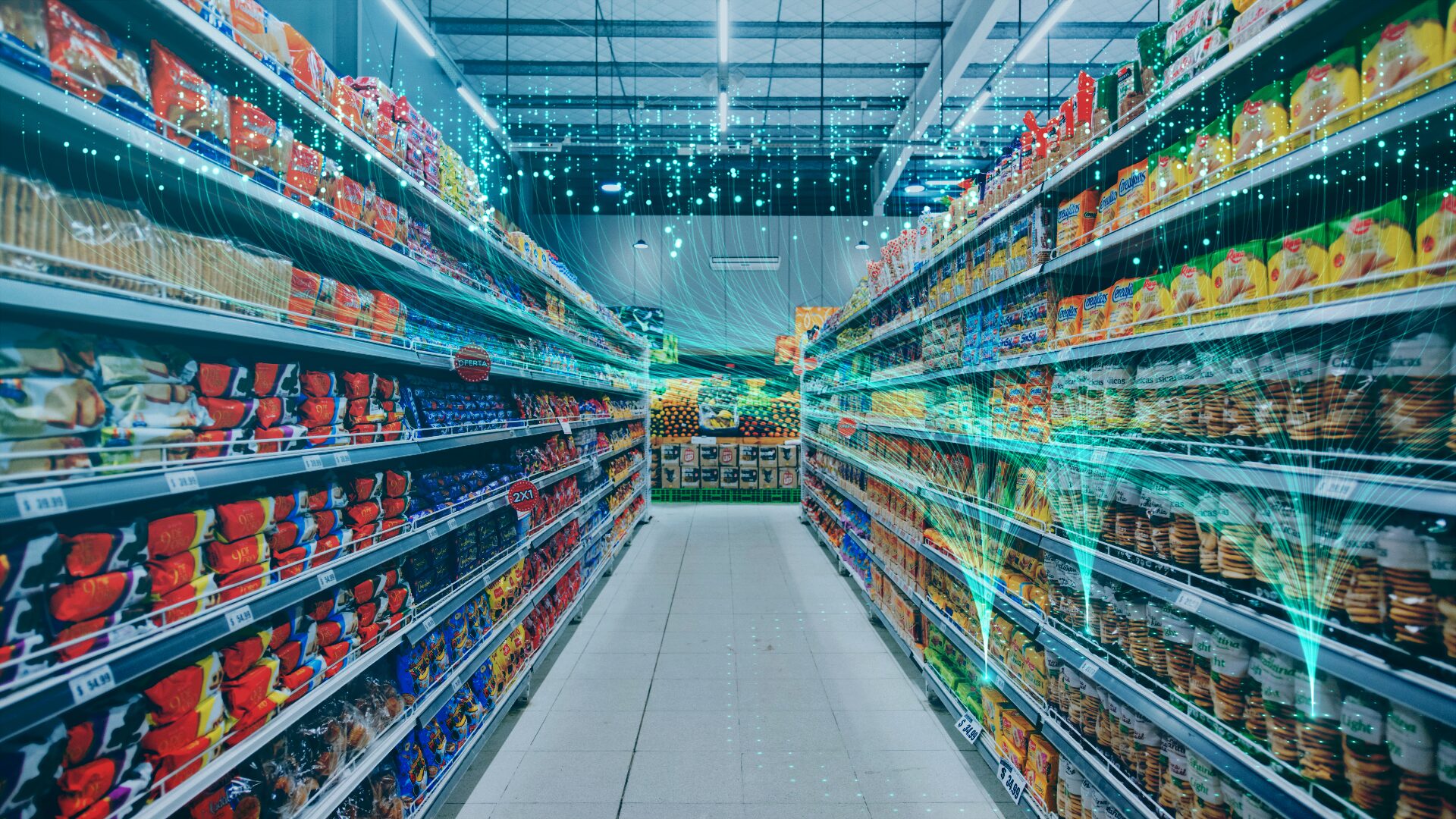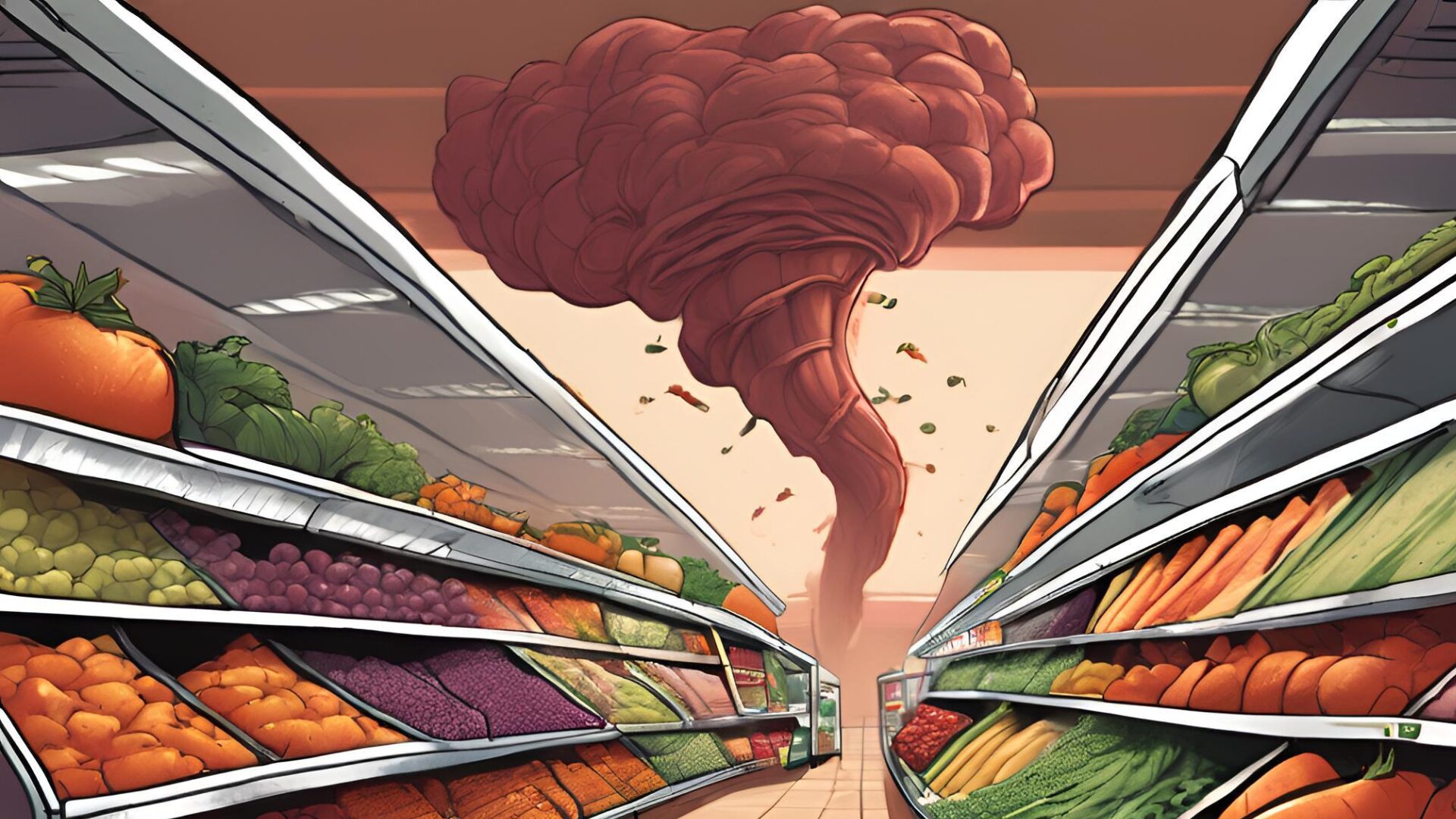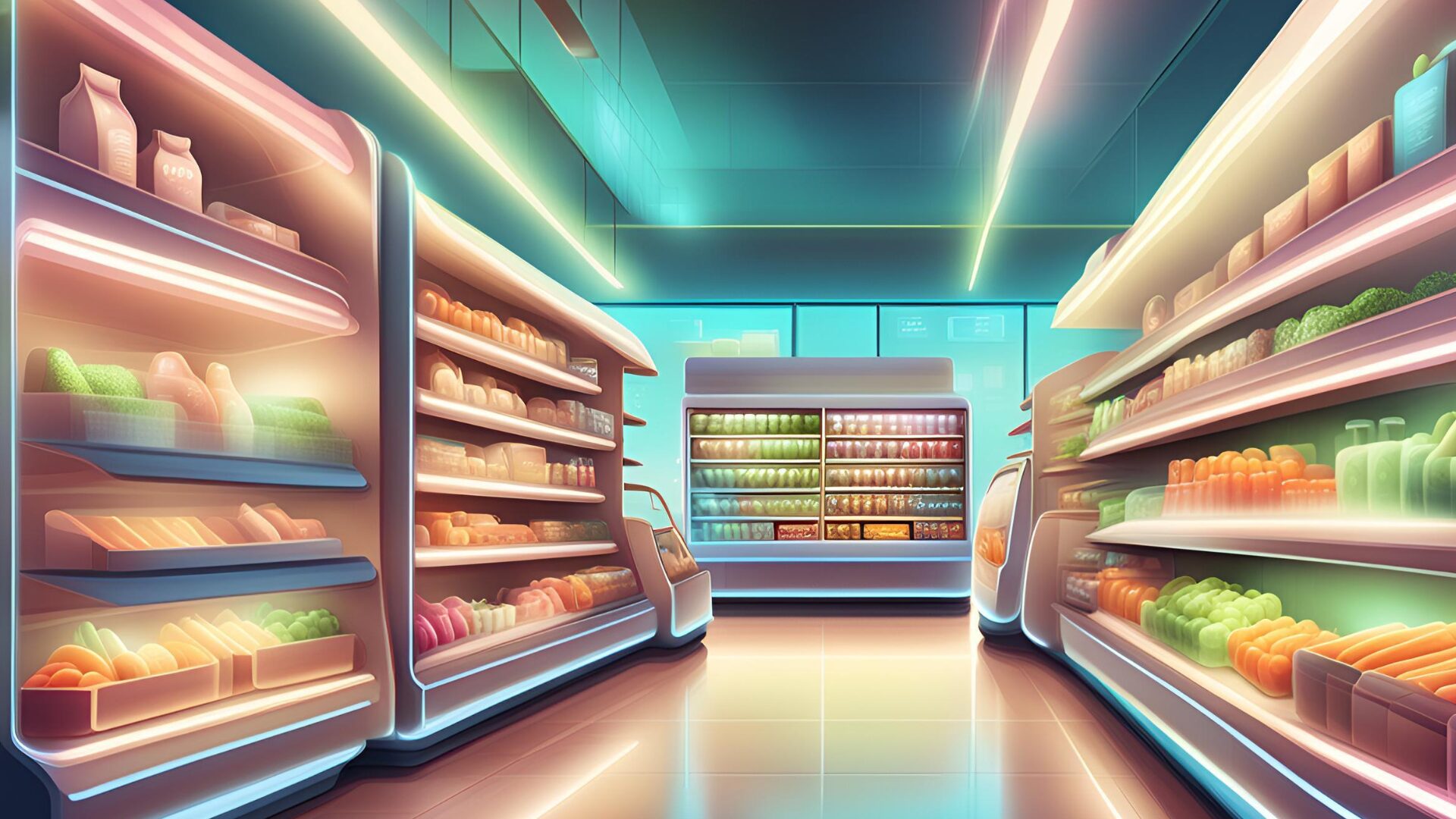Consumer habits are continuing to shift due to COVID-19, particularly to digital shopping.
In line with recommendations from the CDC, shoppers are making 52% fewer store trips, according to a report from Acosta. Online grocery ordering is continuing to surge with 51% of shoppers placing an order in the past four weeks ending April 7. Of online grocery shoppers, 33% made their first-ever online order in that period, up 5% from the previous report.
At Target, digital sales in April nearly quadrupled, rising 275%, reported Fortune (April 23). Additionally, on some days, the volume of orders for its drive-up service have been seven times that of a typical day, while in-store pickup has been twice as busy as Cyber Monday.
“For years, we’ve worked towards using our stores as hubs, and today that is proving absolutely critical in managing record-breaking fulfillment volume,” said Brian Cornell, CEO for Target. “I certainly expect us to continue to gain share in this environment and be a retailer that the guest is turning to during the pandemic.”
The slowdown in in-store business is largely the result of Target, like many other retailers, monitoring the number of people entering their stores.
Acosta also found that 68% of shoppers said it’s extremely or very likely that their grocery habits will return to normal once the pandemic is over. Meanwhile, 56% said its extremely or very likely they will eat at home more than they used to for a while, with 31% indicating the same for doing more online grocery pickup or delivery than before.
Supermarkets’ double-digit leaps in sales aren’t likely to last beyond the stockpiling period in March, but analysts believe sales growth is likely to hover above normal levels, reported The Wall Street Journal (April 23). Oppenheimer analysts forecast that Kroger’s annual sales growth will be 5.2% this year, and Evercore ISI pegs that number at 7%, above last year’s 2% and the previous year’s 1.8%.
Overall, analysts predict consumers will continue to cook at home as the economy recovers, noting sales of more than two-thirds of kitchen electronics tracked by NPD Group grew by double-digit percentages in the week ending March 21.
Meanwhile, Unilever is grappling with major shifts in consumer behavior across the globe as it faces challenges in its foodservice and ice cream segments, reporting flat sales growth for the first quarter, reported The Wall Street Journal (April 23).
Although people are cooking at home more, which buoyed demand for brands such as Knorr and Hellmann’s, about half of its ice cream division’s sales are made outside of grocery stores, pushing the company to ramp up partnerships with food delivery organizations to allow consumers to order ice cream along with their takeout.









